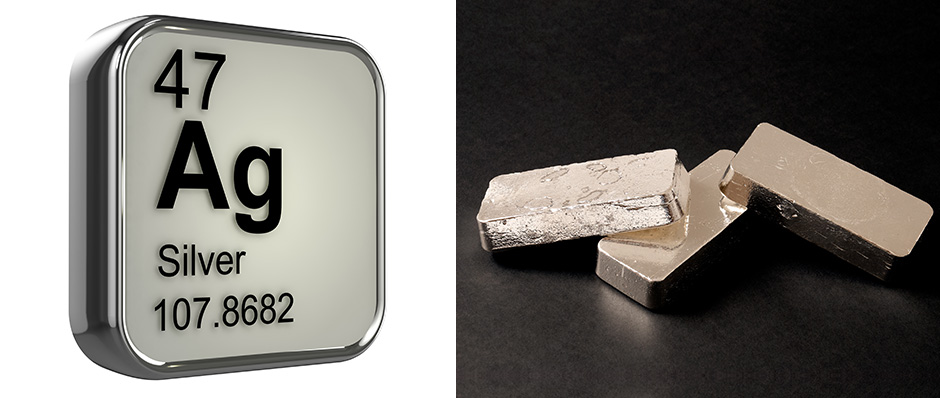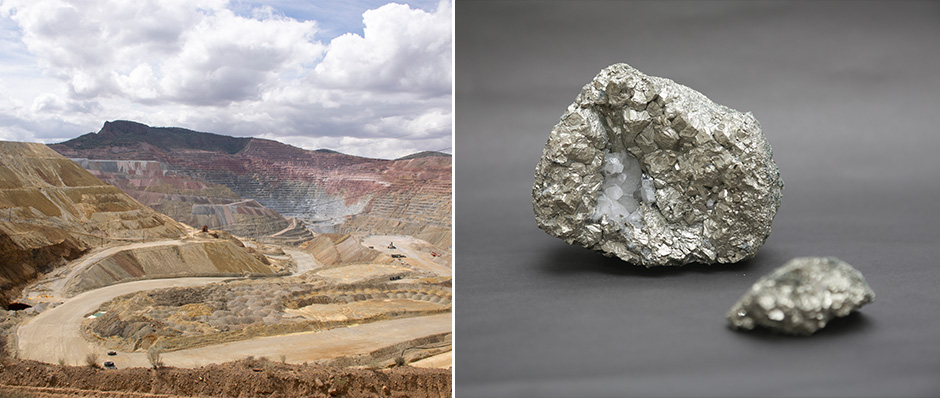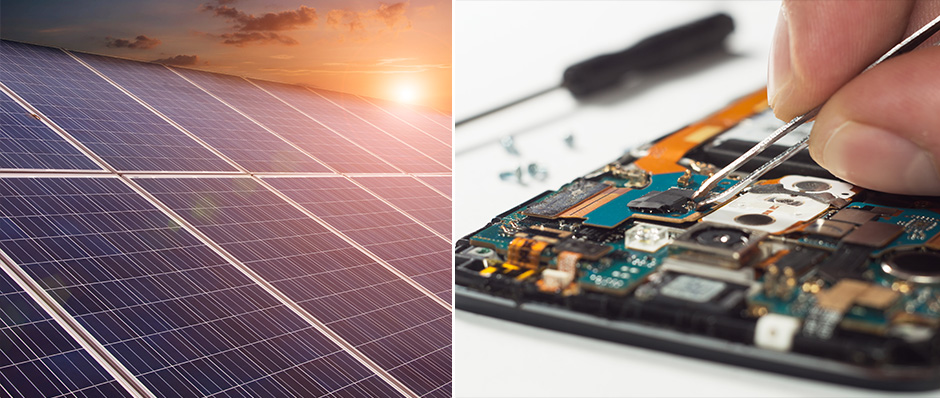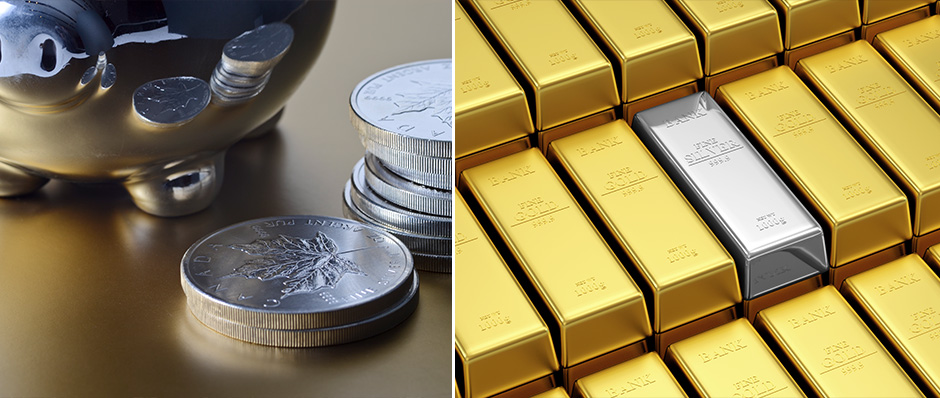When you think of silver, the first thing that comes to mind is probably jewelry, fancy cutlery, or second place in the Olympics. But it’s no second-rate metal. Today, those uses account for less than half of all silver consumption as the metal has become a material of innovation.
Silver is one of the most versatile elements on earth. It has the highest electrical conductivity of any element and the highest thermal conductivity of any metal, making it one of the most valuable materials in producing modern electronic devices and technology. As our world becomes increasingly more connected through technology, so too is silver becoming increasingly more important to our lives. With so much to offer, it’s no surprise that the global demand and production of silver is climbing.
Currently China is the top producer of silver and the world’s fifth largest exporter. As silver production and export volume in China are expected to increase, so too are the business opportunities surrounding the silver industry. Samsung C&T, for example, is a 1st tier trader of Chinese silver business. So where does this valuable metal come from exactly?
Mined and Refined
Silver production begins with ore. Although some silver-bearing ores contain mostly silver, virtually none have silver as the main component. Typically, an ore might contain 0.085% silver, 0.5% lead, 0.5% copper, and 0.3% antimony. In fact, only 25% of silver comes from ores mined for their silver, while the remaining 75% comes from ores mined for lead, copper, or zinc. Smelting and refining removes silver from the ore and is then shaped into bars or grains. But mining is only one of the ways silver is sourced.
Thanks to an ever-growing thirst for having the latest gadgets, electronic waste, or e-waste, is the fastest growing category of trash in the world. So much so that there are billions of dollars in precious metals found in e-waste. Along with other scrap, reclamation accounts for 19% of the silver supply.
Once shipped the metal can then be prepared for a range of applications. Dissolving pure silver in nitric acid, for example, creates silver nitrate. This can then be formed into powder or flakes that can be fabricated into contacts or silver pastes for industrial applications.
The Linchpin of Technology
As one of the most versatile metals on earth, silver is in virtually every electronic device we encounter, often helping push the limits of technical capabilities.
If you’ve ever snapped a photo or checked your watch for the time, there’s a good chance silver has been in the powering your devices. The button batteries often found in such devices use silver oxide, a material that makes batteries lighter-weight and perform better at high temperatures.
Printed electronics that use nanosilver, silver with extremely small particles, are one major new frontier for industrial applications of the metal. Printed electronics work by using nanosilver conducted inks to produce products like the Near Field Communication (NFC) tags used in modern payment systems like Samsung Pay. Silver is also finding use in cutting edge technology that may change how electronics are produced.
Researchers from the Lawrence Livermore National Laboratory (LLNL) in the U.S. recently came up with a scalable method of producing silver nanowire aerogel, an ultra-light synthetic material derived from metal gel. With silvers conductivity, the nanowire could find practical uses in everything from medical devices, to energy storage where it is already seeing wide spread application.
Silver paste is already used in solar panels, printed onto photovoltaic cells to capture and carry electrical current. Nuclear energy also uses silver in control rods to capture neutrons and slow the rate of fission in nuclear reactors. But even more simply than its industrial applications, the demand for silver is also rising in part because of its monetary value.
A Silver Standard
Silver’s use in currency dates back over 4,000 years when silver ingots were used in trade in ancient Greece. To this day, silver is considered a safe asset, much like gold. Silver, like other precious metals, is an intrinsically valuable commodity that can hold its value in times of rising price levels which helps investors keep pace with credit expansion and currency debasement. It is also considered a valuable portfolio diversifier since it has a very low correlation with other assets, making it a safe insurance against riskier investments and accelerating inflation. Additionally, physical silver has no counterparty risk, it has never been defaulted on, and has a longer history of being used in coinage than gold.
Today, investments are no longer made in silver coins, but in silver bullion or via investments in silver through stocks and mutual funds. In times of market uncertainty, investors often recommend purchasing investments in silver or gold due to their relative safety. Because of its luster and workability, the precious metal is also highly sought after by jewelry designers and buyers alike.
Jewelry demand is expected to continue its steady increase in 2018 with consumption expanding by 4%. Silver demand from the jewelry industry accounts for 20% of total silver demand and many argue that silver’s more neutral features make it a better pick for more versatile, fashionable jewelry.
Regardless of whether it’s for fashion, technology, or a safe bet on the market, silver will continue to be one of the most essential precious metals powering our lives.











